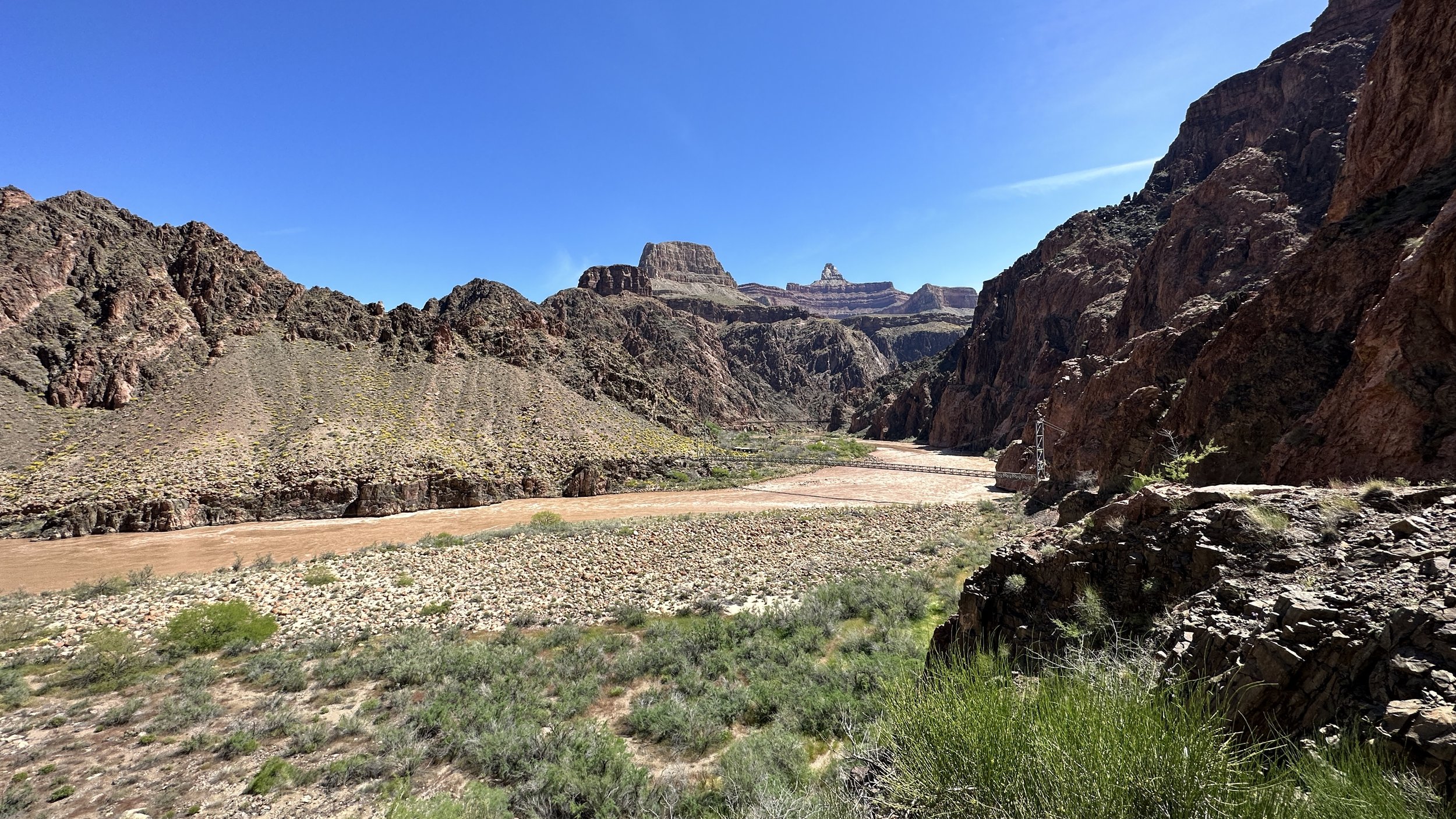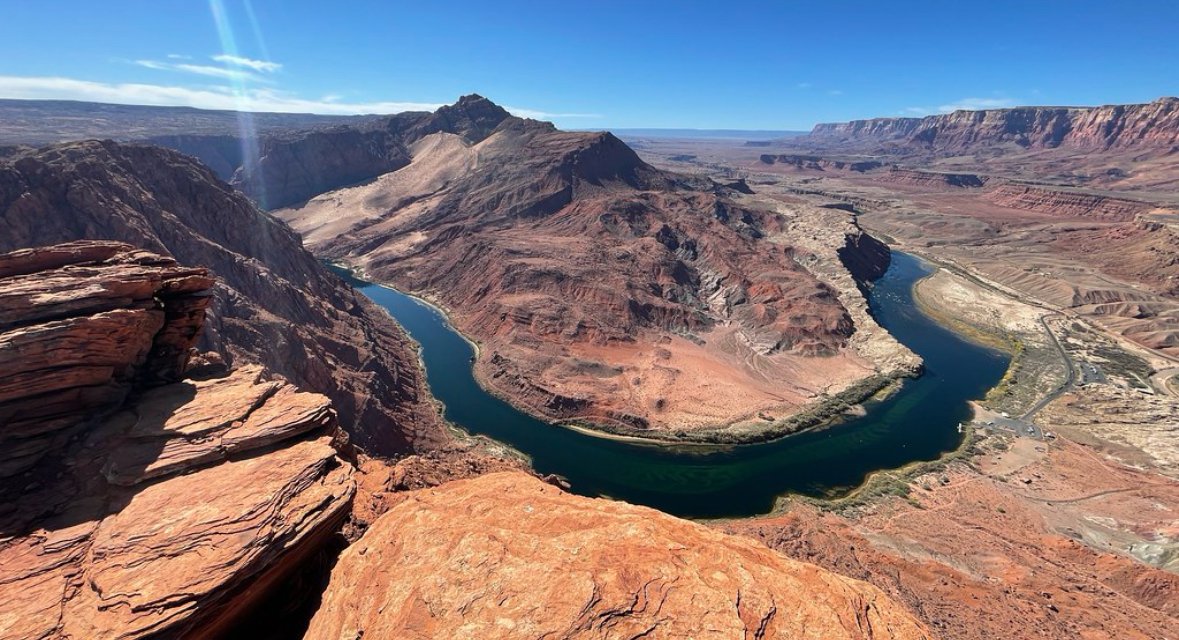One-Third of U.S. Latinos Are Impacted by the Colorado River
The Colorado River drains a watershed about 1,450 miles long and flows through seven U.S. states -Arizona, California, Colorado, Nevada, New Mexico, Utah, and Wyoming- and Mexico.
While it is widely known that this watershed provides drinking water to over 40 million people, many aren't aware that it supplies water for one-third of the Hispanics in the United States, and the basin is home to one third of the U.S. Latino population.
The Colorado River is also critical for agriculture, providing all or part of the water for 5 million acres of irrigated farmland in nine states. Hispanics make up the bulk of agricultural workers harvesting the produce from the river waters. In Colorado alone, it is estimated that three-quarters of the state’s farmworkers are Latinos.
The Colorado River Basin's problems are twofold.
The 1922 Colorado River Compact, also known as the Law of the River, was formed to provide an apportionment of the use of the waters of the Colorado River System to each state and avoid litigation, but some assumptions were made during the compact's creation that have driven challenges for the past 100 years.
“First, the belief was that more water would be available in the Colorado River. Many of the engineering models used for the compact were based on what we now know were rare wet years. Secondly, in the early 1920s, California emerged as one of the breadbaskets of agricultural development. Hence, its water allocation was the largest, leaving states like Arizona and Nevada with disadvantageous smaller water allocations. However, it is in these states where we have seen enormous growth in the last 20 or 30 years,” says Dr. Tom Romero from Colorado, associate professor at the University of Denver College of Law.
Almost 30 decades of unprecedented drought caused by climate change and overuse of this water resource are drying up the Colorado River.
“Long-term solutions for the water management issues of the Colorado River need to account for on-going and upcoming water availability reductions due to climate change,” explains Dr. Enrique R. Vivoni, HECHO’s HCLC member from Arizona and the Fulton Professor of Hydrosystems Engineering at Arizona State University (ASU) and the Director of the Center for Hydrologic Innovations. “Less snowfall, lower amounts of snowpack, and earlier snow melts will combine with higher evaporation rates to lead to drier soils, lower streamflow, and less water available in the river. With that as a backdrop, water conservation efforts need to exceed what the present structural deficit requires.”
What are we at now?
The Colorado River Drought Contingency Plan or DCP was designed to reduce each state’s water allocation, addressing the ongoing drought in the Colorado River Basin.
After intense negotiations, Arizona, Nevada, and California also reached a breakthrough agreement to reduce at least 3 million acre-feet of water through 2026 to stabilize the river’s reservoirs.
For some farmers in the West, these cuts impact their livelihoods, but compensations are being given to those who voluntarily reduce water use for water conservation through funding from the Inflation Reduction Act, which includes $4 billion for Colorado River drought relief.
There are different interests involved and visions about growth in the region. It is critical that diverse voices, including Hispanics, are heard to develop inclusive and innovative solutions and take full advantage of the best science and all lessons learned in the last century to protect this vital resource.
Learn more about HECHO’s Colorado Resiliency campaign and check our blog about the interconnectedness of the Colorado River Basins.




